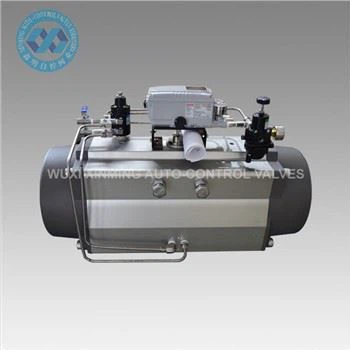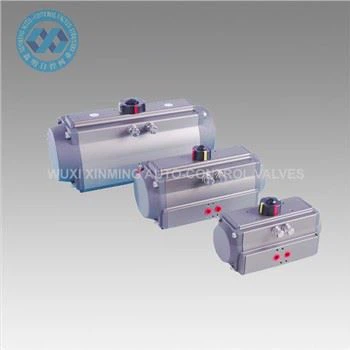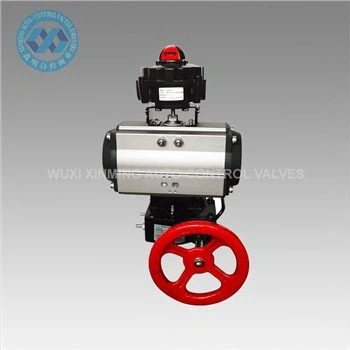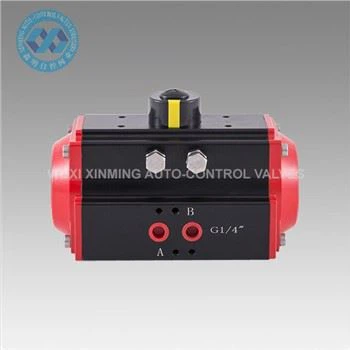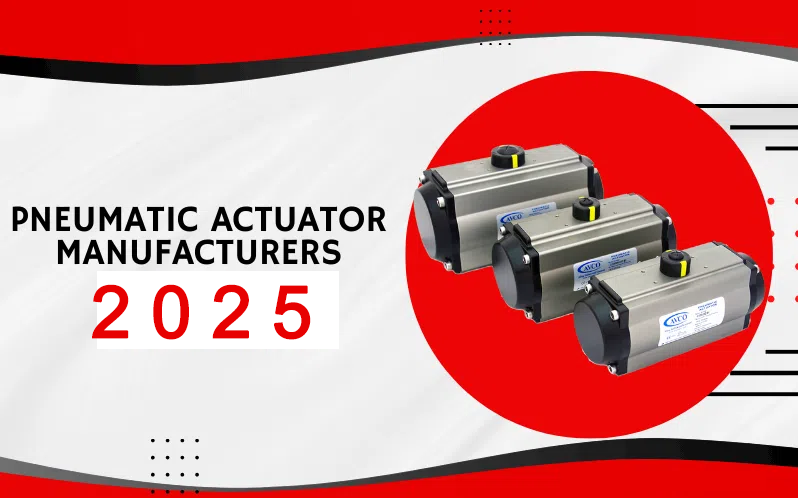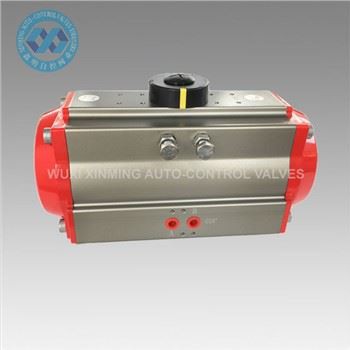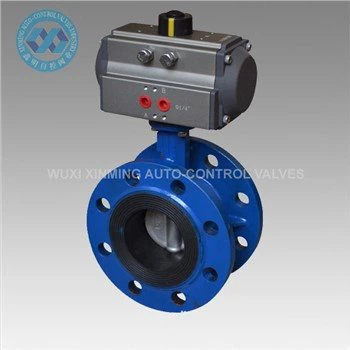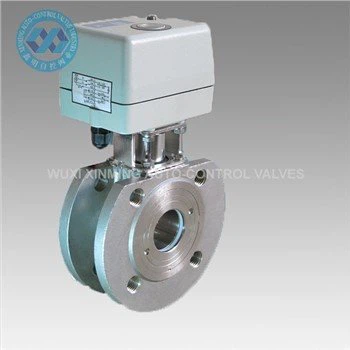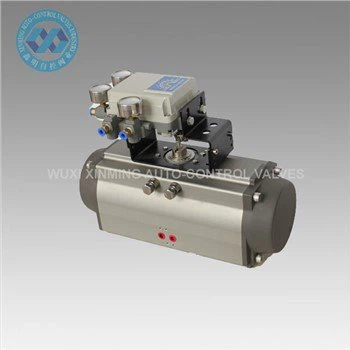Selecting the right actuator for your application depends on several factors, including performance requirements, operational environment, and cost considerations. Here’s a concise comparison to guide your decision:
-
Force and Speed:
- Pneumatic Actuators: Ideal for high-speed, high-force applications. They use compressed air to generate rapid motion, making them suitable for repetitive tasks (e.g., assembly lines).
- Electric Actuators: Provide precise control over speed and position. Better for applications requiring gradual acceleration, deceleration, or variable positioning (e.g., robotics, CNC machines).
-
Energy Efficiency:
- Pneumatic: Less energy-efficient due to air compression losses and potential leaks. Continuous air supply is required.
- Electric: More energy-efficient, especially in static/holding applications, as power is only used during movement.
-
Control and Precision:
- Pneumatic: Limited precision; best for simple on/off or two-position tasks. Feedback systems can add complexity.
- Electric: Superior precision with programmable control (via motors and encoders). Ideal for complex motion profiles and closed-loop systems.
-
Maintenance and Lifespan:
- Pneumatic: Simple design with fewer components, but seals and valves require regular maintenance. Sensitive to moisture and contaminants.
- Electric: Fewer moving parts reduce wear, but motors and electronics may need servicing over time. Better for clean or sterile environments.
-
Cost:
- Pneumatic: Lower upfront costs for basic systems but higher long-term energy expenses.
- Electric: Higher initial investment but lower operational costs over time, especially in precision-focused applications.
-
Environment:
- Pneumatic: Suitable for explosive or high-temperature environments (no sparks).
- Electric: Avoid in hazardous areas unless explosion-proof models are used.
When to Choose Each:
- Pneumatic: High-speed, high-force, simple, or hazardous environments.
- Electric: Precision, flexibility, energy efficiency, or cleanroom applications.
Evaluate your specific needs for force, speed, control, and budget to make an informed choice. Hybrid solutions may also be considered for complex scenarios.
If you want to learn more about low-priced products, please visit the following website: www.xm-valveactuator.com


